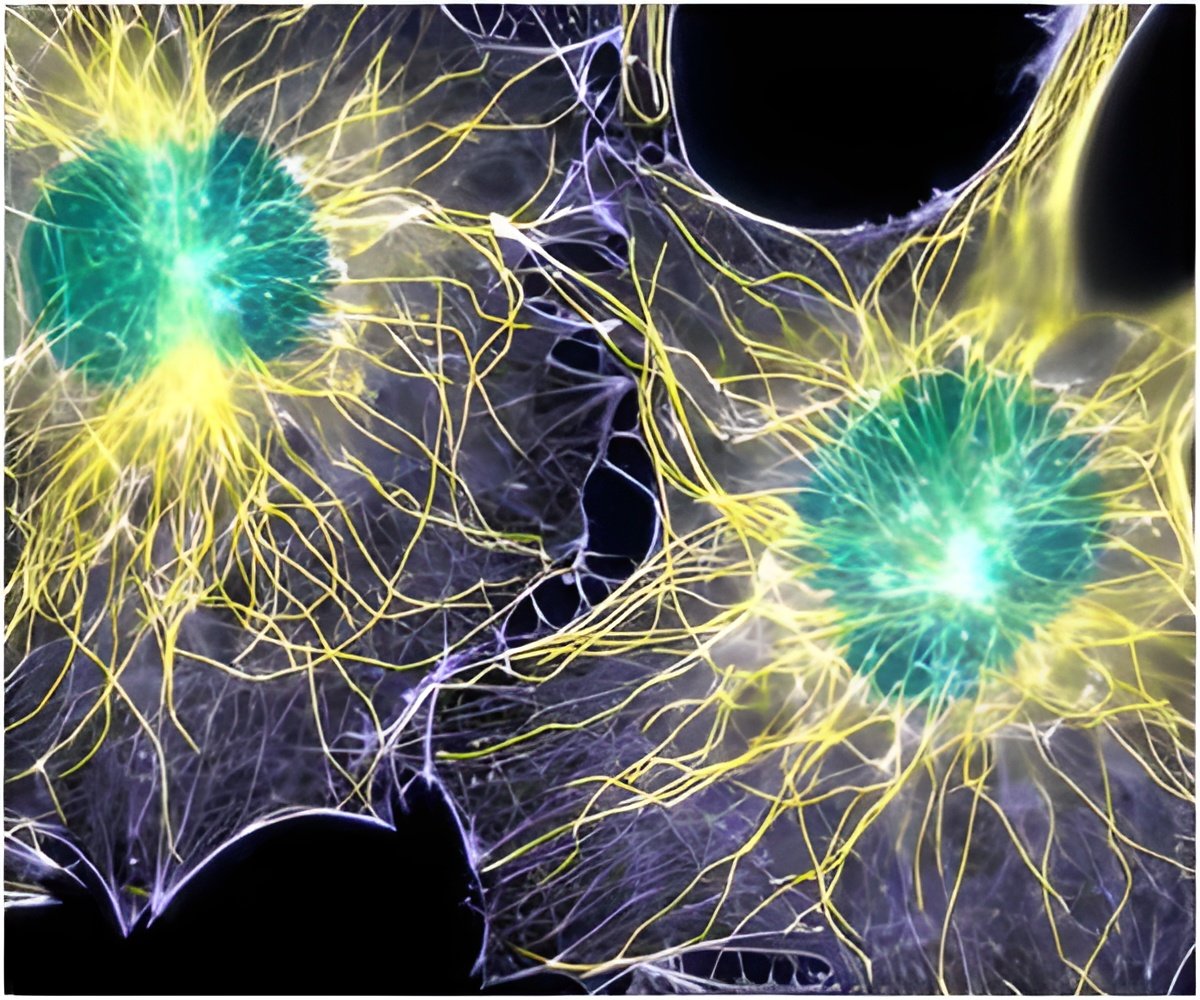
In a new study, the team of stalwart frog-fanciers described enlisting colleagues worldwide to ship secretions from hundreds of promising frog skins to their laboratory in the United Arab Emirates.
Using that amphibious treasure trove, they identified more than 100 antibiotic substances in the skins of different frog species from around the world.
One even fights "Iraqibacter," the bacterium responsible for drug-resistant infections in wounded soldiers returning from Iraq.
Dr. Michael Conlon, who reported on the research, noted that the emergence of drug-resistant bacteria, which have the ability to shrug off conventional antibiotics, is a growing problem worldwide.
Thus, patients need new types of antibiotics to replace drugs that no longer work.
Advertisement
In the new study, the researchers discovered a way to tweak the molecular structure of frog skin antibiotic substances, making them less toxic to human cells but more powerful germ killers. Similarly, the scientists also discovered other tweaks that enabled the frog skin secretions to shrug off attack by destructive enzymes in the blood.
Advertisement
The antibiotic substances work in an unusual way that makes it very difficult for disease-causing microbes to develop resistance, Conlon said.
The scientists are currently screening skin secretions from more than 6,000 species of frogs for antibiotic activity. So far, they have purified and determined the chemical structure of barely 200, leaving a potential bonanza of antibiotic substances awaiting discovery.
"Many people are working with me, giving me samples of frog skin secretions. We only actually use the frogs to get the chemical structure of the antibiotic, and then we make it in the lab. We take great care not to harm these delicate creatures, and scientists return them to the wild after swabbing their skin for the precious secretions," said Conlon.
The study was presented at the 240th National Meeting of the American Chemical Society.
Source-ANI















